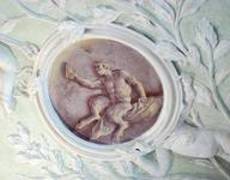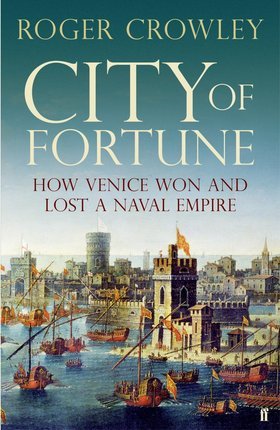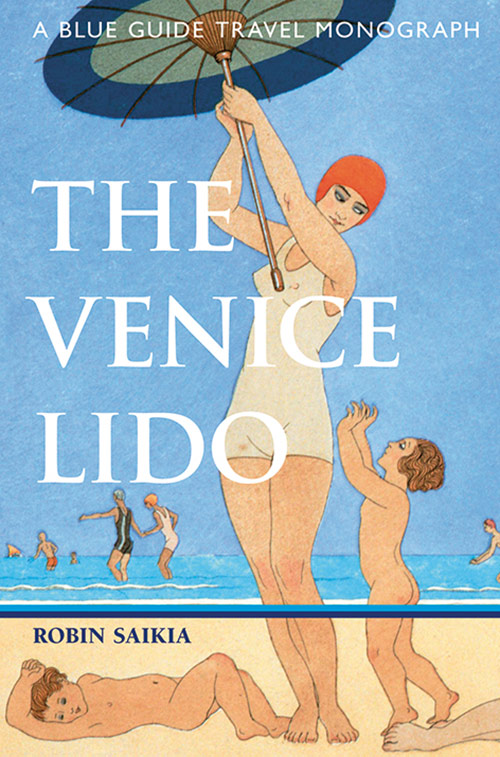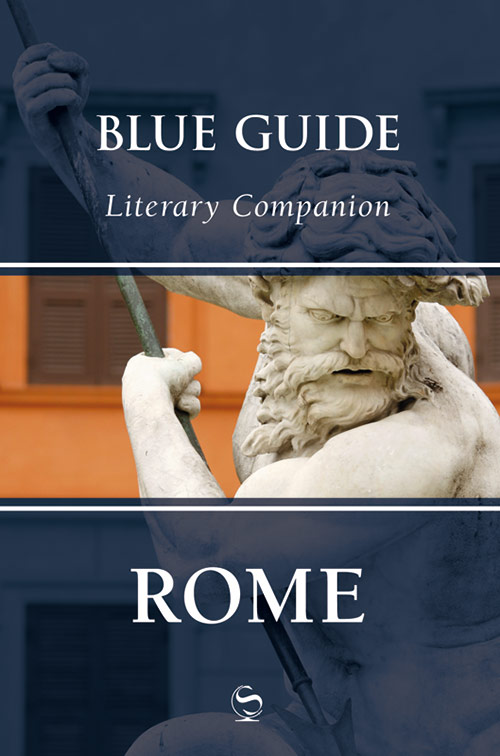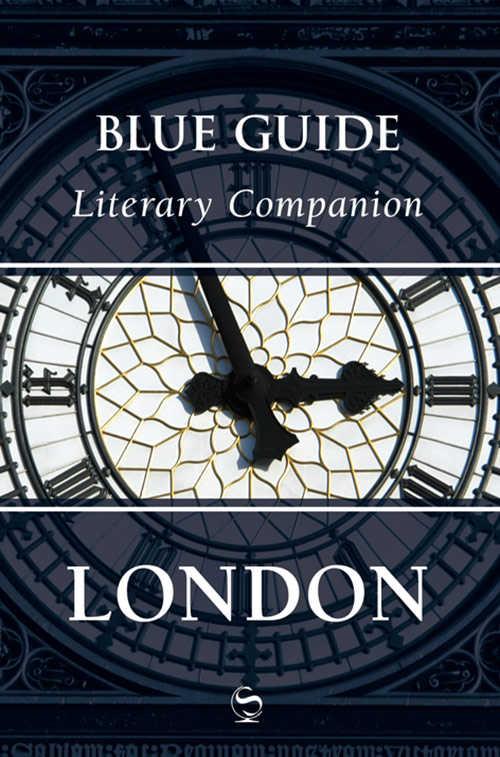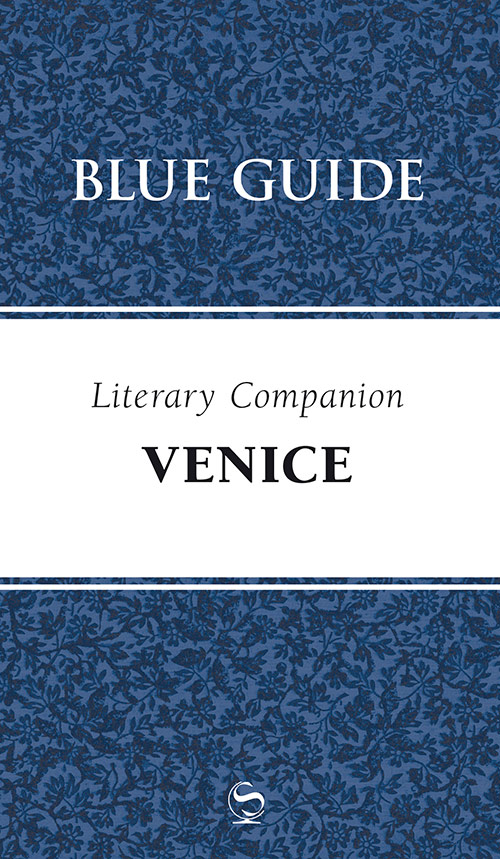by Charles Freeman
My wife, Lydia, and I were recently in and around Venice, coming in and out one day by bus from Dolo on the Brenta canal and staying two nights in the city itself.
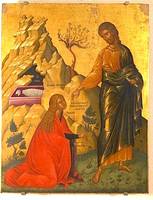
Since March Ist there has been a new ticketing system, IMOB, run by ACTV. In Venice itself, it is quite straightforward as you can buy a plastic card for the number of days travelling on the vaporetti that you want. You touch your card on a screen as you enter the vaporetto station and some stations have barriers through which you pass your card to open the barrier. However, there is nothing on the card itself to show its duration, or how long you have got left.
But then it gets more complicated. If you are taking a bus outside the city, you can also buy an IMOB card, for instance, at one of the tabacchi along the route. They prime it with the fare for the journey you want to make and then you ‘spend’ it on a screen on the bus. The trouble is that the card is identical to the one you also get in Venice. We bought cards for all the inland journeys we knew we were making in the same tabacchi and ended up with six identical IMOB cards between us.
I thought I had a system for sorting them into separate slots in my wallet so I cannot really explain how I binned our still-valid Venice vaporetto tickets and preserved our spent bus tickets. You have been warned.
Brave the IMOB Actv website at your peril–you will be even more confused by the system.
Much though we love Venice and appreciate that Venice only became Venice because of the rapacious commercial instincts of its people over past centuries, we still get annoyed by restaurants that lure you in with relatively cheap piatti, only to find extra service charges, large cover charges, charges of over 5 euros for a mediocre glass of wine, and, in one case, an espresso costing 5 euro, almost as much as a plate of pasta.
But perhaps the blackest of bêtes noires this time was the new museum ticket. Suppose you want to visit the Museo Correr, one of Venice’s most pleasant museums, and then pass on to the wonderful Biblioteca Marciana. The only way you can now do this is to buy a full ticket costing over 16 euros, which includes the Doge’s Palace–whether you want to visit that or not. The ticket gives you only one entry to each of five museums, so you would have to buy another 16 euro ticket if you wanted to visit the Biblioteca Marciana a second time.
Still, let’s be more positive. I had never been to the museum of Byzantine icons (Museo dei Dipinti Sacri Bizantini) next to San Giorgio dei Greci, the sumptuously decorated church of the Greek Orthodox community. I was overcome by a wonderful icon of the Noli Me Tangere scene, dated c. 1500. It was worth the 4 euro entrance in itself and there are other things to treasure.
Then we wanted to find somewhere off the beaten track to eat. Why not try the Giudecca? If you get off at the Le Zitelle stop, you can look in on Palladio’s Il Redentore, the church Venice built as a thanksgiving for relief from the terrible plague of 1577. The interior is so much more welcoming and harmonious than the cavernous San Giorgio, Palladio’s earlier commission. And then we sat down for dinner at I Figli delle Stelle, right on the waterfront and, far from the crowds, watched the sun set over Venice. There is something so satisfying about a restaurant that does not try to be pretentious but where they understand food and the time in which you want to enjoy it without harassment. Not difficult in many parts of Italy, thank goodness, but harder in Venice. I Figli specialise in regional dishes, have a good selection of local wines and the 100 euros for two, though not cheap, fairly reflects the quality of what they offer.
We were happily soothed by the experience.
N.B. Palazzo Fortuny is now fully and well restored but it only opens when they have a special exhibition on.







